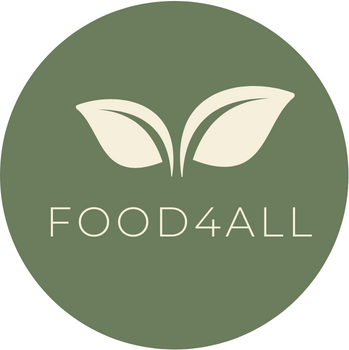UN Sustainable Development Goal “Life on land” (SDG 15) fosters the ideas, among others, of protecting, restoring, and promoting the sustainable use of terrestrial ecosystems, while halting and reversing land degradation and halting biodiversity loss. As it happens many times, launching new goals for a better, future world is a challenging, visionary, and exciting experience. However, as we learnt from Marten (1988), agroecosystems are overwhelmingly complex and achieving SDG 15 seem to be an even more complex matter, especially considering the extremely diversified attitude of human populations to issues of social, economic, and environmental development.
Looking at the history of sustainability science of the last decades, we can notice a quite clear trend of development. In the 1970s for the first time humanity took consciousness of the limited nature of environmental resources, which gave rise in the following decade to the elaboration of new visions on economic growth patterns and the definition of sustainable development. 1990s were featured by the Rio Earth Summit and relevant efforts to put in place an agenda for transition to sustainability at local, national, and global levels. In the last decade the focus was on defining what to protect and sustainably use and the strategies to do that, that is, the ecosystems approach. Now the time has come to put all these efforts into practice.
There is not a one-size-fits-all solution to sustainability issues in the agricultural sector; rather, solutions need to be searched for based on a case-by-case approach, trying to optimize the potential of agroecosystems in terms of production of goods and services under different pedoclimatic and production constraints and considering different stakeholder perspectives.
While this article reports on only some conceptual tools to put sustainability into practice, we believe that its intrinsic message holds general validity. Indeed, past efforts have made theoretical propositions, definitions, and strategy principles available; integrating all of them in one unique conceptual framework is possible, as well as necessary, if we want to assure a true transition toward sustainability of agricultural systems.
